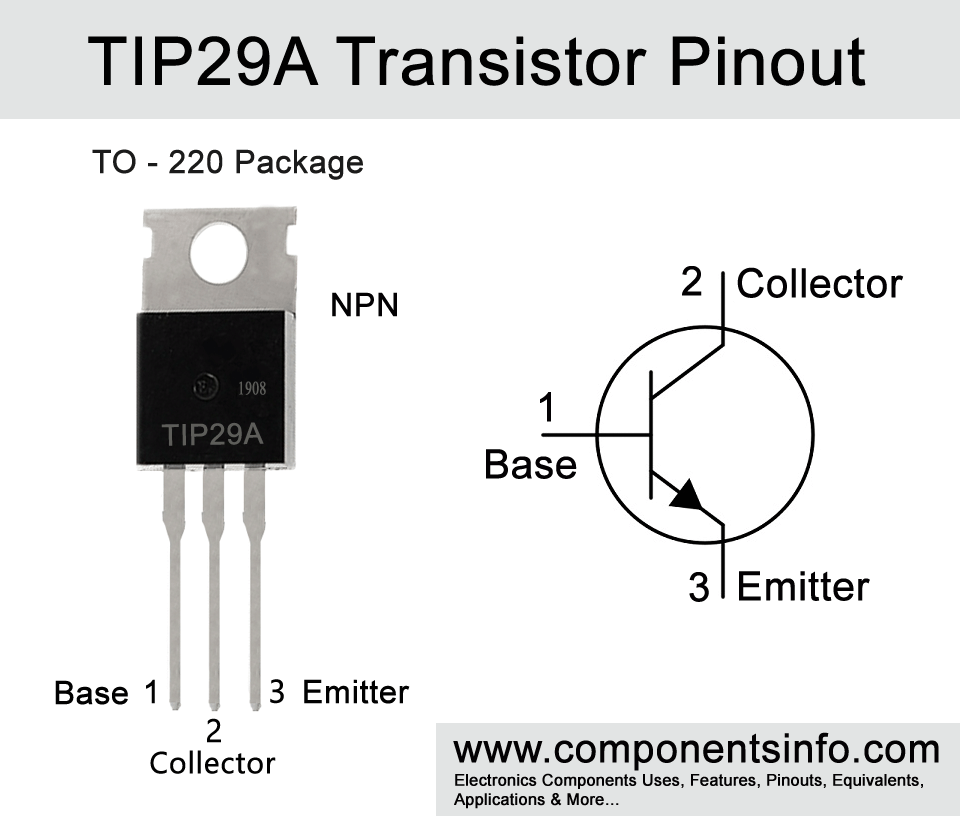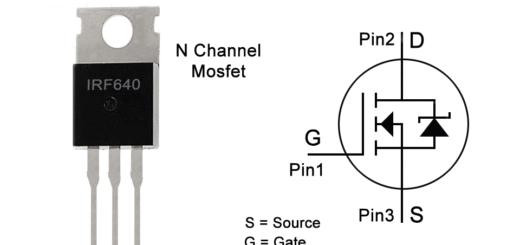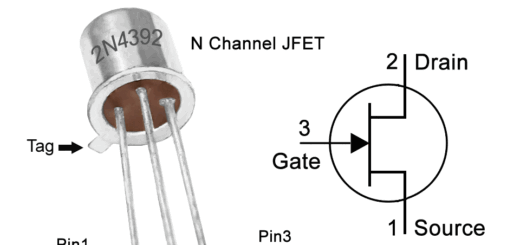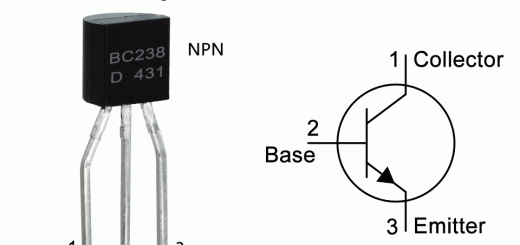TIP29A Transistor Pinout, Applications, Features, Equivalent and More
TIP29A is an NPN power transistor designed to use for variety of general amplification and switching purposes. Today we are going to explore TIP29A transistor pinout, applications, features, equivalent, where and how to use and other detailed information of this device.
Features / Technical Specifications
- Package Type: TO-220
- Transistor Type: NPN
- Max Collector Current(IC): 1A
- Max Pulsed Collector Current(ICP): 3A
- Max Collector-Emitter Voltage (VCEO): 60V
- Max Collector-Base Voltage (VCBO): 60V
- Max Emitter-Base Voltage (VEBO): 5V
- Max Collector Dissipation (PC): 30 Watt
- Minimum & Maximum DC Current Gain (hFE): 15 To 75
- Max Storage & Operating temperature: -65°C to 150 °C
PNP Complementary
PNP Complementary of TIP29a is TIP30a
Replacement and Equivalent
TIP29B, TIP29C, MJE5180, TIP41A, TIP41C, TIP41B, BD911, BC907, BD707, 2SC1883, 2SC2439, 2SC2439, TIP152, TIP150, TIP132, TIP112, NTE2315, MJE5742, MJE15034.
TIP29A Transistor Explained / Description
TIP29A is a transistor TIP29 series available in TO-220 transistor package. Understanding the pin configuration of the transistor the first pin of the transistor is “Base” second pin is “Collector” and the their pin is “Emitter”
The TIP29 series also contains many other transistors such as TIP29, TIP29B and TIP29C. All the transistors in this series are have some difference regarding to some of their electrical characteristics. The TIP29A max collector to emitter voltage is 60V, max collector current is 1A, max pulsed collector current is 3A, maximum collector-base voltage is 5V, max collector dissipation is 30 Watt and minimum and maximum DC current gain is 15 to 75. The transistor can be used in variety of applications such as amplification, switching, controlling circuits etc.
Where We Can Use it & How to Use
TIP29A is a versatile transistor so you can use it for any type of signal or audio amplification but it cannot be used to amplify low level gain or pre amplification. As a switching it can be used to drive motors, relays, LEDs, other transistor or part of circuits.
The procedure of using this transistor is same as we use any other BJT transistor. First of all check the pin configuration of the transistor. Then provide signal to the base through a suitable resistor, connect the emitter pin with the negative rail of the circuit and connect collector to the positive but through the load (Not directly).
Applications
Switching loads under 1A
Audio Amplification
Audio Power Amplifier Circuits
Voltage Regulation
Power Supplies
Motor Drivers
Voltage Amplification
Battery Management
Lighting Control
Safe Operating Guidelines
Here are the safe operating guidelines to operate this transistor effectively and get good results with it for a long time.
- Always use the transistor 20% below from its absolute maximum ratings.
- The maximum collector-emitter voltage is 60V, so according to the 20% rule the max load voltage should be under 48V.
- The maximum collector current is 1A, therefore do not drive load of more than 80mA.
- Use a suitable heatsink with the transistor.
- And always store or operate it at temperatures above -65°C and below 150 °C.
Datasheet
To Download the datasheet just copy and paste the below link in your browser.
https://z3d9b7u8.stackpathcdn.com/pdf-down/T/I/P/TIP29A_FairchildSemiconductor.pdf



